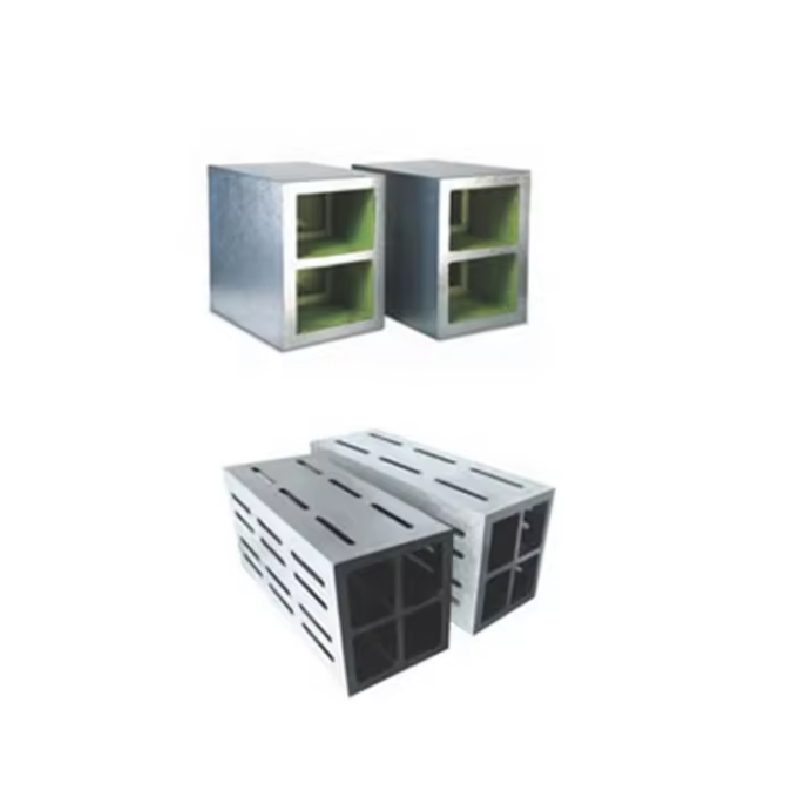ຕ.ລ. . 22, 2024 03:58 Back to list
High Pressure Non-Return Valve for Efficient Fluid Control in Industrial Applications
High Pressure Check Valves The Unsung Heroes of Fluid Control Systems
In the world of fluid dynamics, maintaining the integrity and efficiency of systems is paramount. Among the unsung heroes that play a crucial role in ensuring the safe and smooth operation of various applications are high pressure check valves. These components are essential in preventing backflow in pipelines, thereby protecting pumps, compressors, and other critical equipment from potential damage.
What is a High Pressure Check Valve?
A check valve, often referred to as a one-way valve, is designed to allow fluid to flow in one direction while preventing it from reversing. High pressure check valves, specifically, are engineered to withstand elevated pressure levels, making them vital for applications in industries such as oil and gas, water treatment, pharmaceuticals, and chemical processing.
These valves are engineered to cope with pressures that could exceed 3000 psi, depending on the material construction and design. The most common materials used in high pressure check valves include stainless steel, brass, and specialized alloys that enhance their durability and resistance to corrosion.
Working Principle
The functioning of a check valve is straightforward yet effective. Typically, the valve comprises a body, a seat, and a movable component known as the disc or ball. When fluid flows in the designated direction, it pushes the disc away from the seat, allowing passage. However, when there is a tendency for backflow, the disc automatically returns to its seat, sealing the valve and stopping reverse flow.
This automatic operation ensures that the system remains pressurized and that no fluid escapes back into the source. The precision in design minimizes the risk of leakage and helps to maintain optimal pressure throughout the system.
Applications of High Pressure Check Valves
High pressure check valves find their applications across a wide range of industries, owing to their critical role in promoting safety and performance. Here are some notable examples
1. Oil and Gas Industry In industries where fluids are transported under high pressure, such as oil and gas extraction, check valves prevent backflow and protect sensitive pumping equipment from damage.
high pressure check valve

3. Pharmaceuticals In the pharmaceutical sector, high pressure check valves prevent contamination of drug products during production processes where high-temperature steam or other fluids are utilized.
4. Chemical Processing In chemical manufacturing, these valves provide safety during the transfer of corrosive and hazardous materials, ensuring that reactions occur in a controlled environment without backflow.
Design Considerations
When selecting high pressure check valves for specific applications, several design considerations must be taken into account
- Pressure Rating Ensure that the valve can withstand the maximum operating pressures of the system.
- Material Compatibility Choose materials that can withstand the corrosive nature of the fluids being transported.
- Flow Characteristics Proper sizing and design will minimize pressure drop across the valve, enhancing system efficiency.
- Actuation Type Depending on the application, check valves can be spring-loaded or rely on weight and gravity for operation.
Conclusion
High pressure check valves are essential components in fluid control systems, providing reliability, safety, and efficiency. Their ability to prevent backflow ensures that systems operate smoothly and protects equipment from potential damage caused by pressure fluctuations. As industries continue to evolve and the demand for high-performance fluid systems grows, the importance of high pressure check valves will undoubtedly remain at the forefront of engineering and design. By selecting the right check valve for specific applications, companies can enhance operational safety and efficiency while minimizing risks associated with fluid dynamics. Therefore, it is crucial for engineers and operators in relevant industries to understand the value of these valves and their impact on overall system performance.
-
Why Metric Trapezoidal Thread is Ideal for Precision Motion ControlNewsAug.05,2025
-
The Unique Properties of a Block of Granite for Industrial UseNewsAug.05,2025
-
The Role of Flanged Y Strainers in Preventing Pipeline ClogsNewsAug.05,2025
-
The Importance of Regular Calibration for Master Ring GagesNewsAug.05,2025
-
How a Cast Iron Surface Table Enhances Accuracy in ManufacturingNewsAug.05,2025
-
Comparing Different Check Valve Types for Optimal Flow ControlNewsAug.05,2025
Related PRODUCTS









